Liquid Glass Design Language: The Future of Digital Interfaces
In the world of UI/UX design, innovation often comes from blending functionality with aesthetics. One of the latest trends capturing attention is Liquid Glass Design Language — a sleek, fluid, and futuristic design approach that brings a sense of elegance and clarity to digital interfaces.
What is Liquid Glass Design Language?
Liquid Glass Design Language is an emerging design philosophy that takes inspiration from the properties of glass — transparency, smoothness, depth, and fluid reflections. It aims to create interfaces that feel both natural and futuristic, combining clarity with dimensional layering. Unlike traditional flat or minimalistic design, liquid glass emphasizes dynamic visuals, light refractions, and soft gradients, giving users an immersive experience.
Key Features
-
Transparency & Depth: Layers mimic real glass with blurred backgrounds and frosted textures.
-
Fluid Motion: Subtle animations give a liquid-like flow to transitions and interactions.
-
Light Play: Reflective highlights, glowing effects, and shadows add realism.
-
Elegance in Minimalism: While visually striking, it maintains usability without clutter.
Why It Matters
As digital experiences become more immersive, users demand intuitive and visually appealing designs. Liquid Glass Design enhances usability by providing visual depth and focus, guiding users naturally without overwhelming them. It also aligns well with next-gen technologies like AR/VR, foldable devices, and futuristic OS designs.
Applications
-
Mobile & Web Apps: Enhances modern apps with futuristic aesthetics.
-
Operating Systems: Used in next-gen OS skins and UI updates.
-
AR/VR Interfaces: Perfect for immersive, glass-like environments.
-
Smart Devices: From wearables to automotive dashboards, it adds clarity and elegance.
Frequently Asked Questions (FAQ)
1. What makes Liquid Glass different from Material or Neumorphic Design?
Liquid Glass emphasizes transparency, depth, and fluidity, unlike Material Design’s flat realism or Neumorphism’s soft, tactile look. It’s more dynamic and futuristic.
2. Is Liquid Glass Design practical for everyday apps?
Yes. While it looks futuristic, designers can implement it subtly through frosted layers, depth effects, and minimal glass-like visuals, balancing beauty with performance.
3. Does Liquid Glass affect performance?
Since it uses heavy gradients, transparency, and animations, it may impact performance on low-end devices. However, optimized design frameworks can minimize this.
4. Which platforms are adopting Liquid Glass?
Major tech ecosystems like Windows, iOS, Android skins, and custom UI frameworks are experimenting with glass-like design principles.
5. Can Liquid Glass work with dark mode?
Absolutely. It blends especially well with dark themes, where glowing highlights and glass-like transparency stand out more.













 2025. All rights reserved
2025. All rights reserved